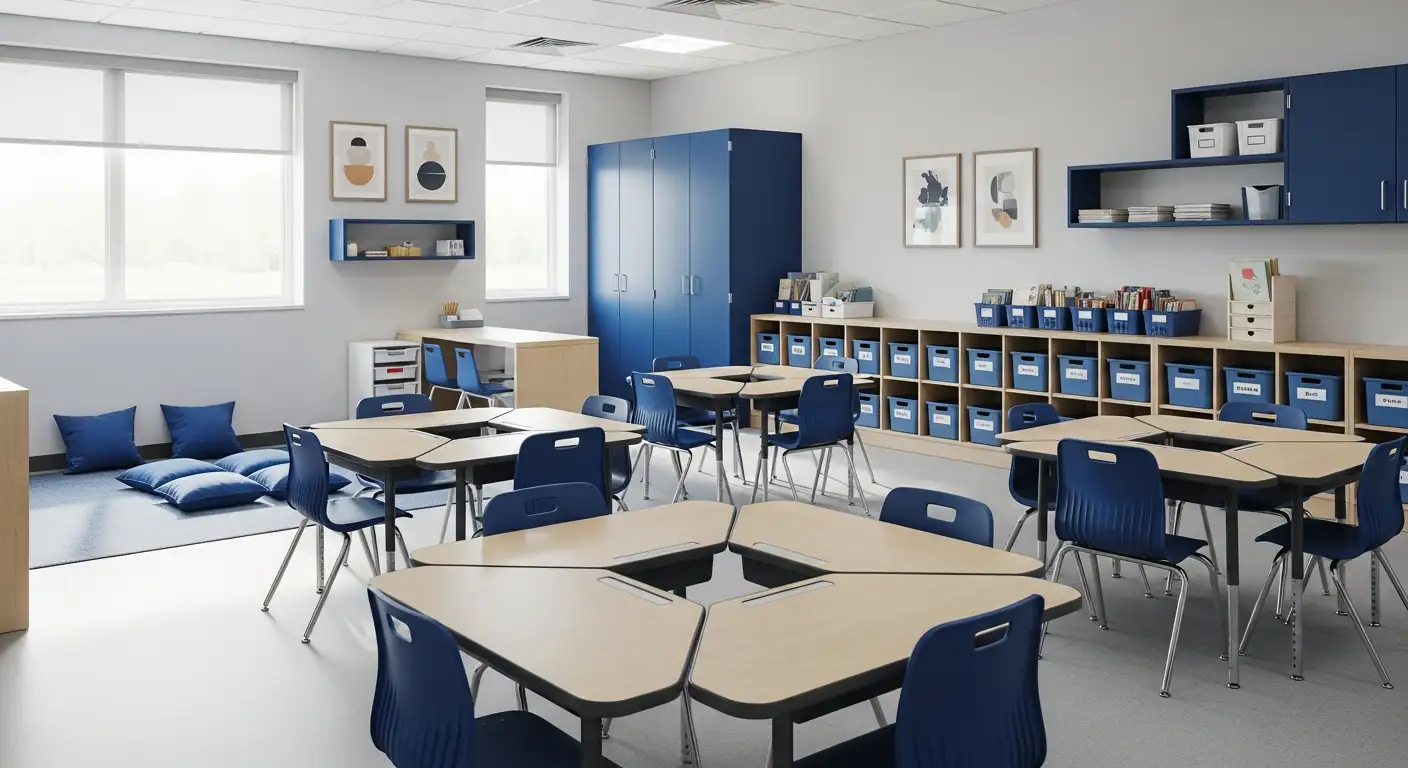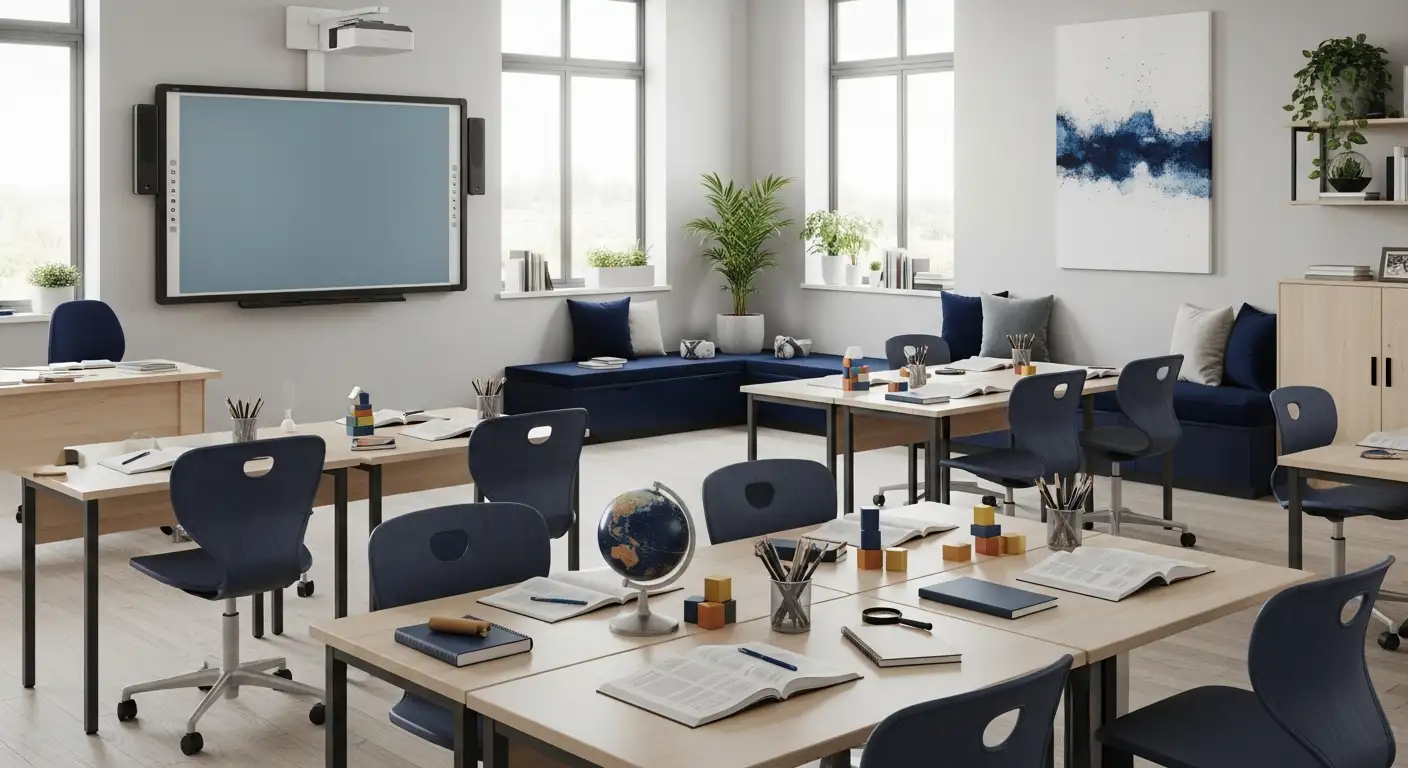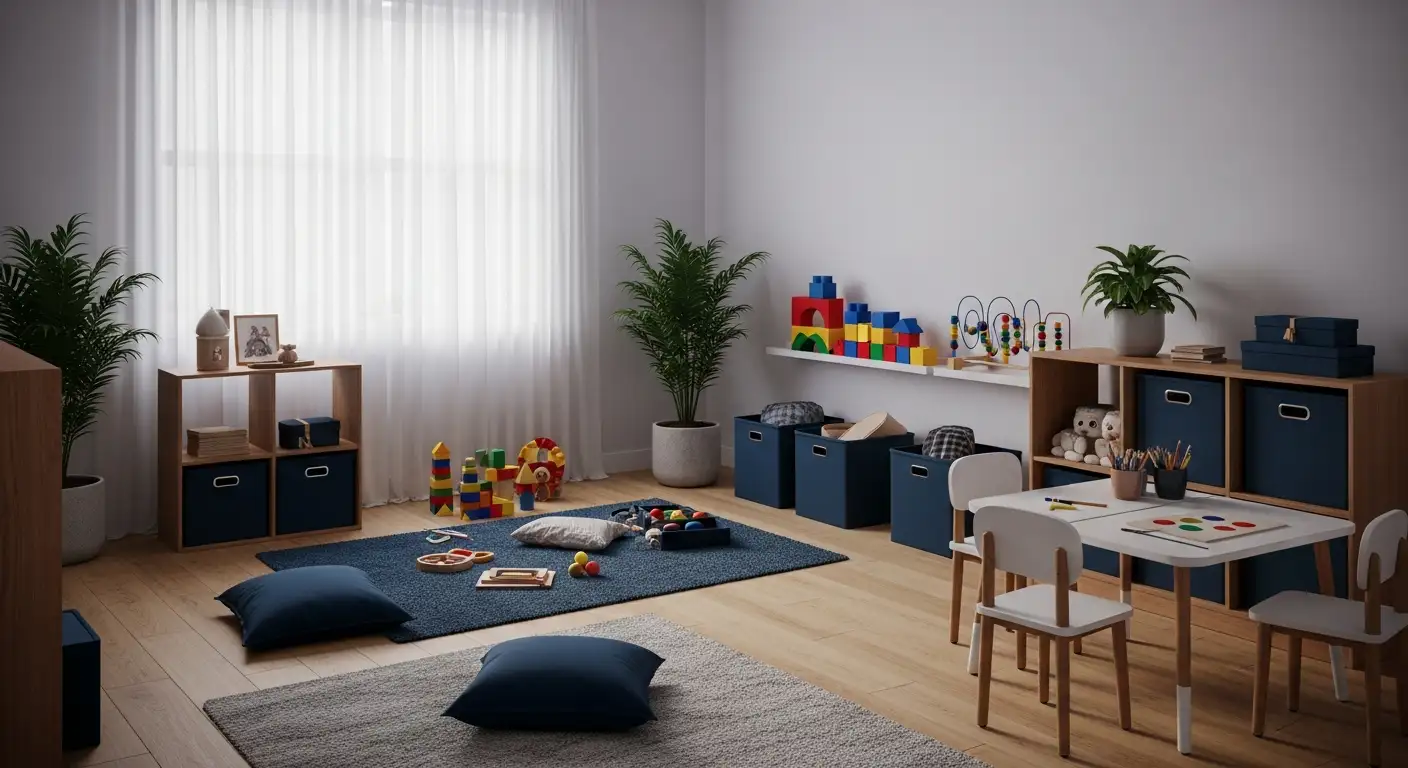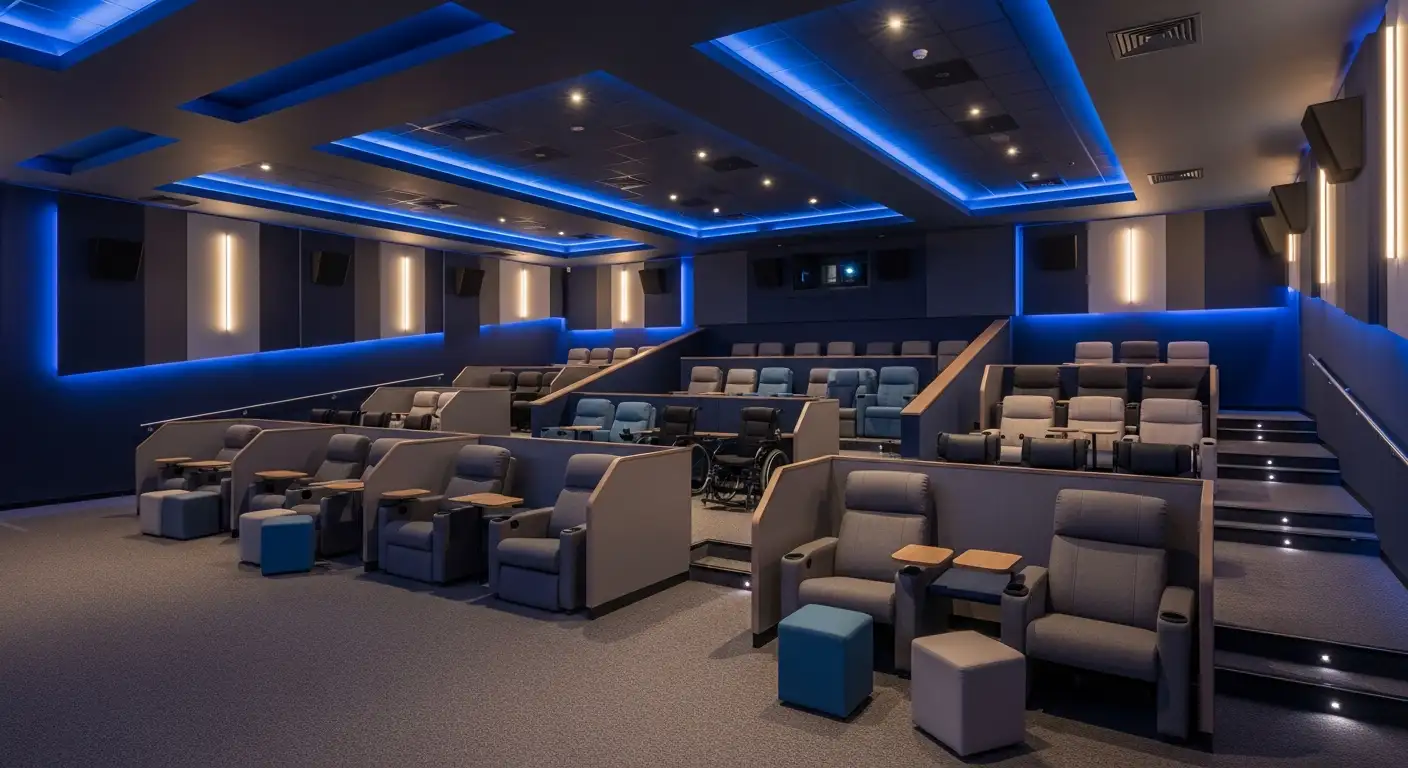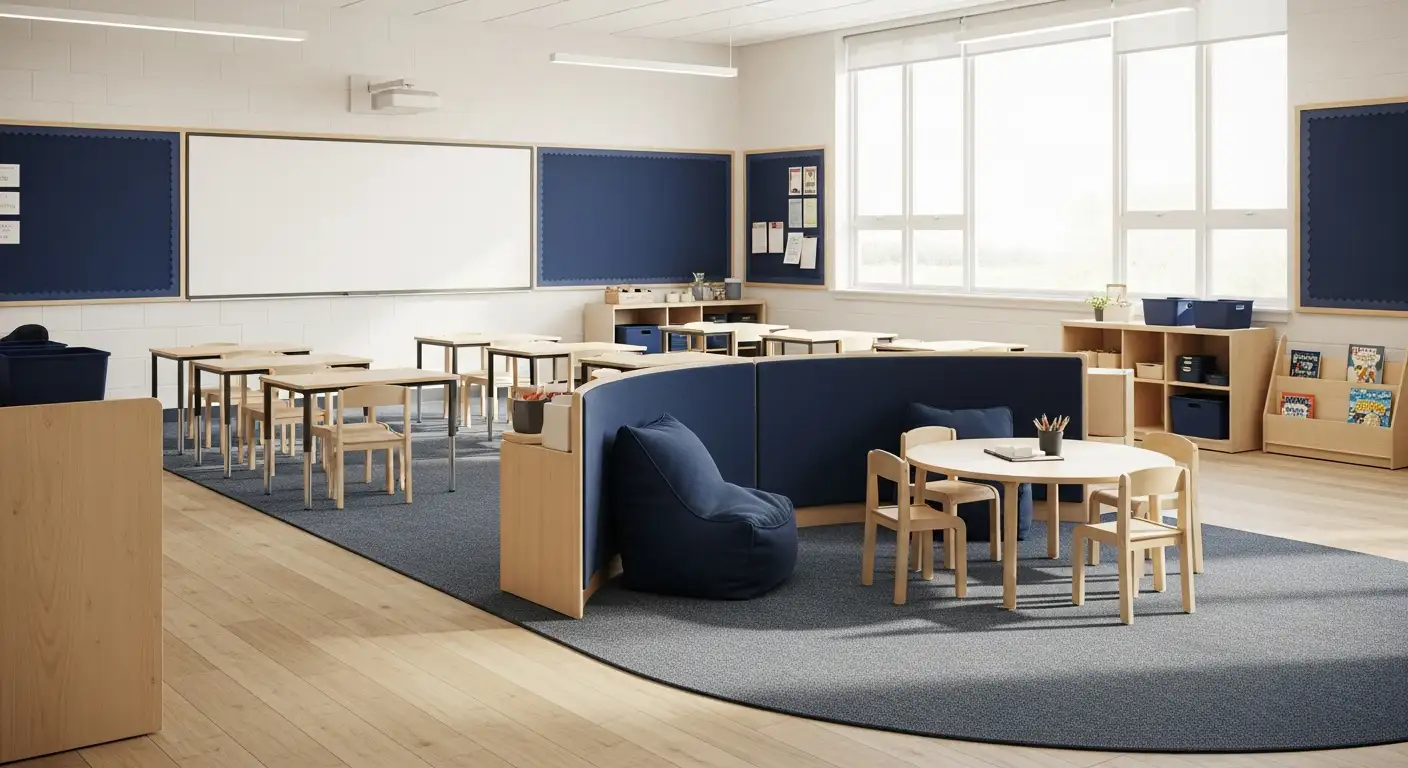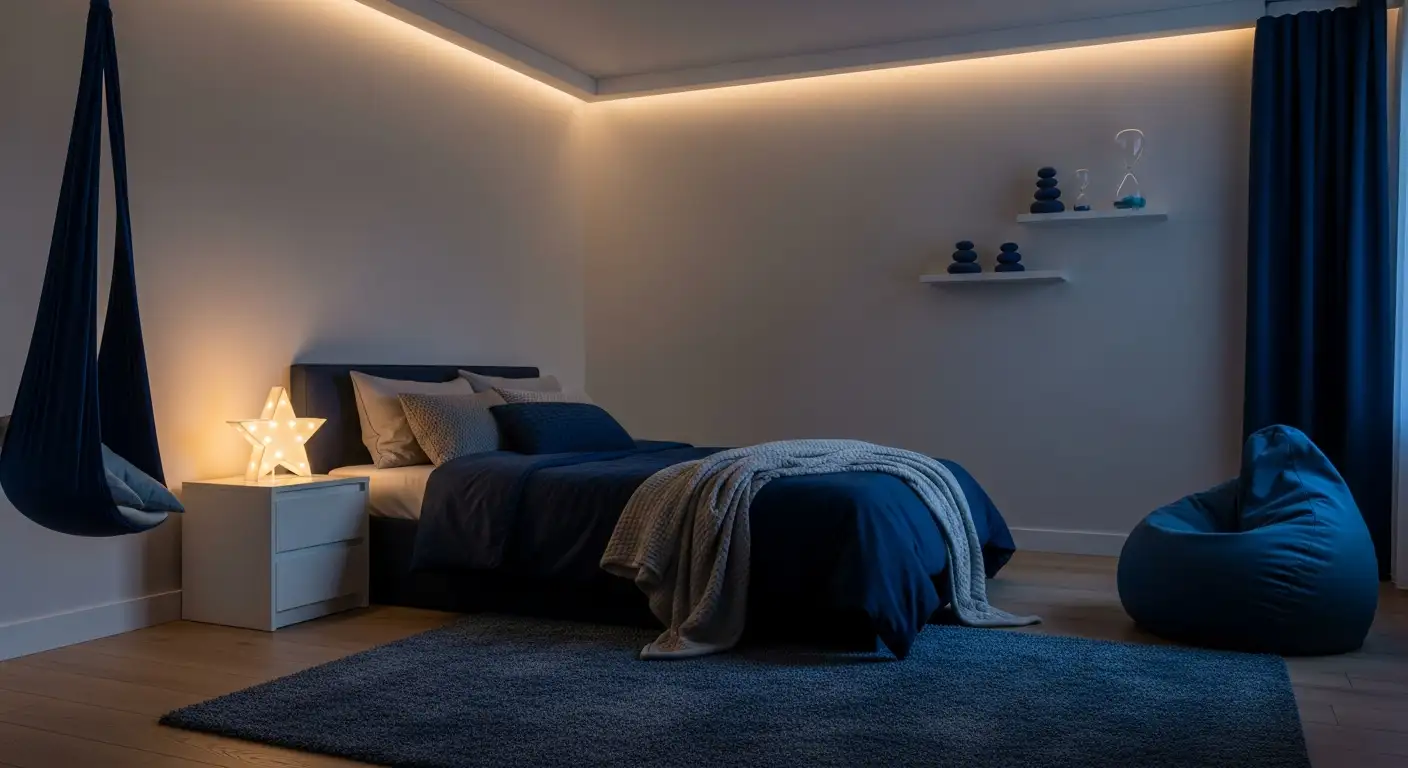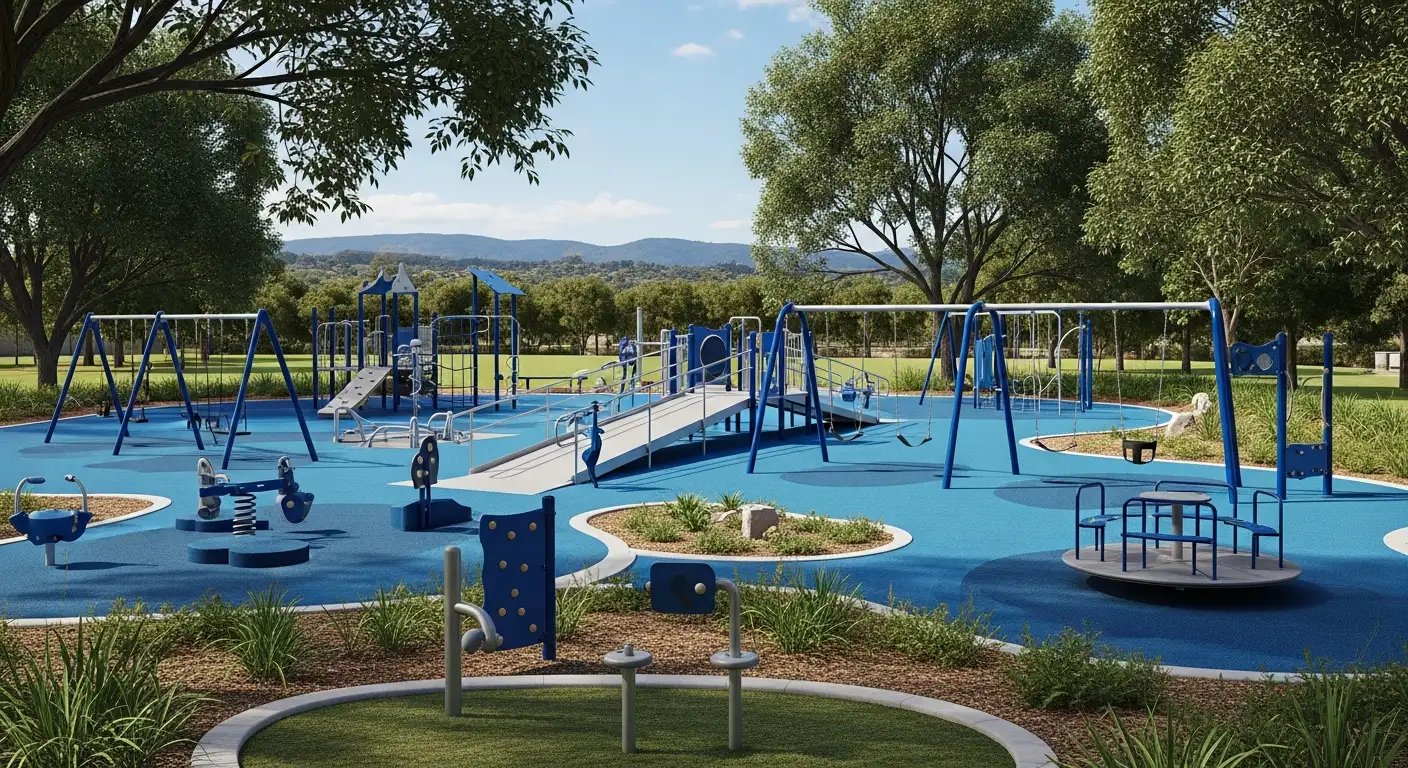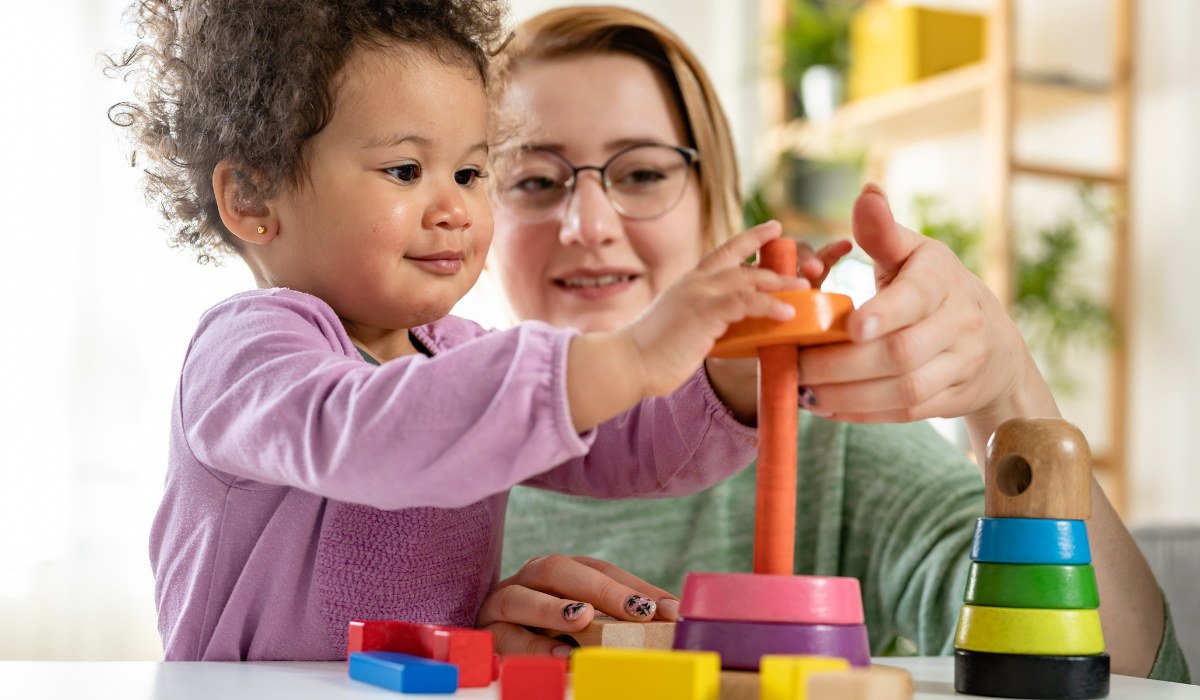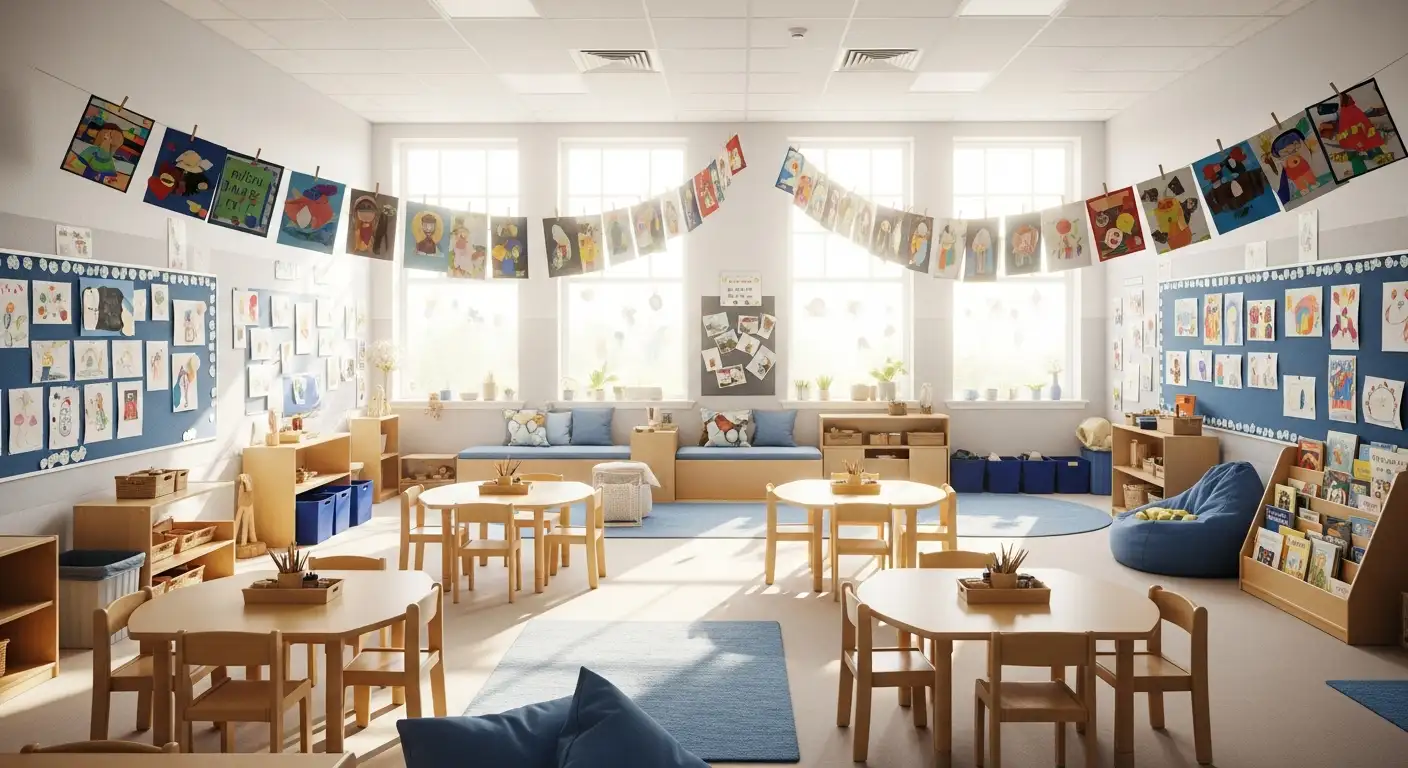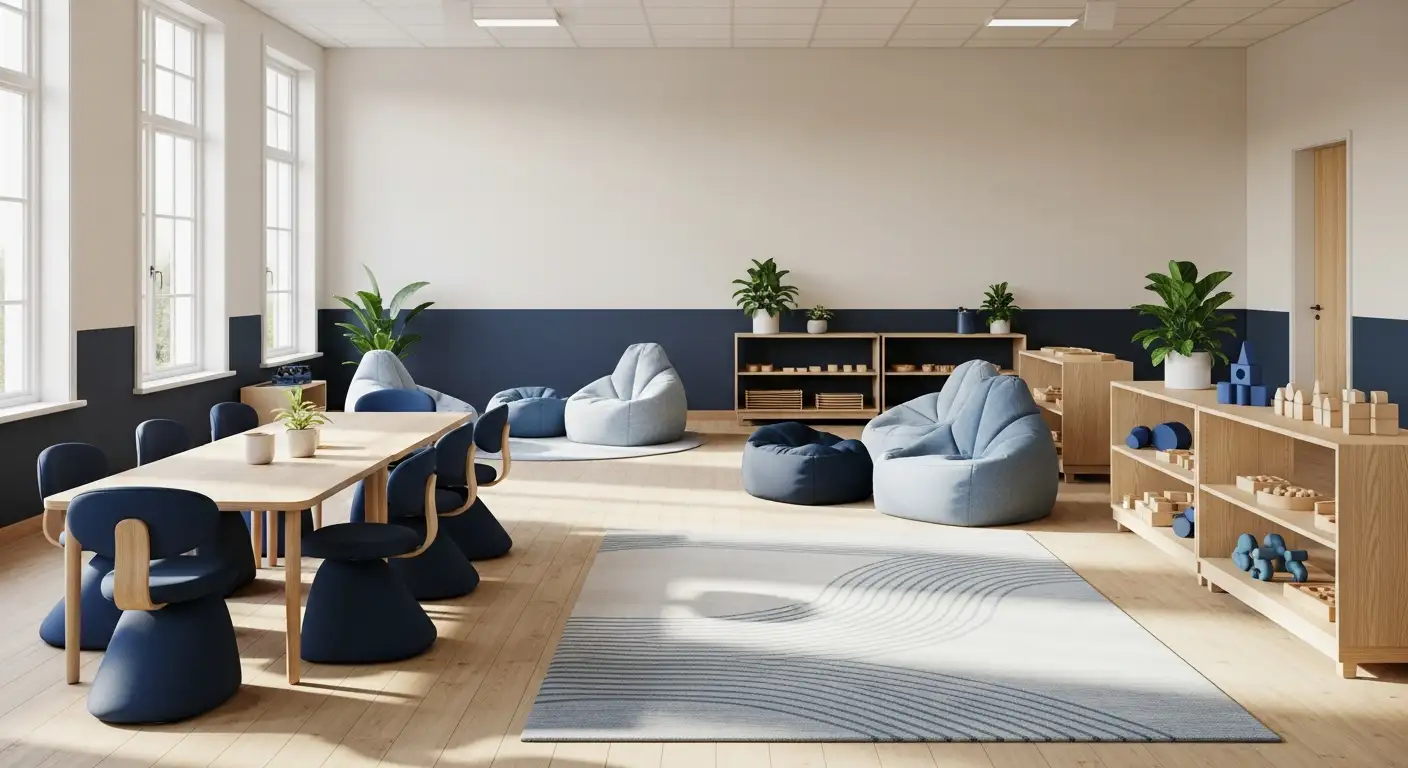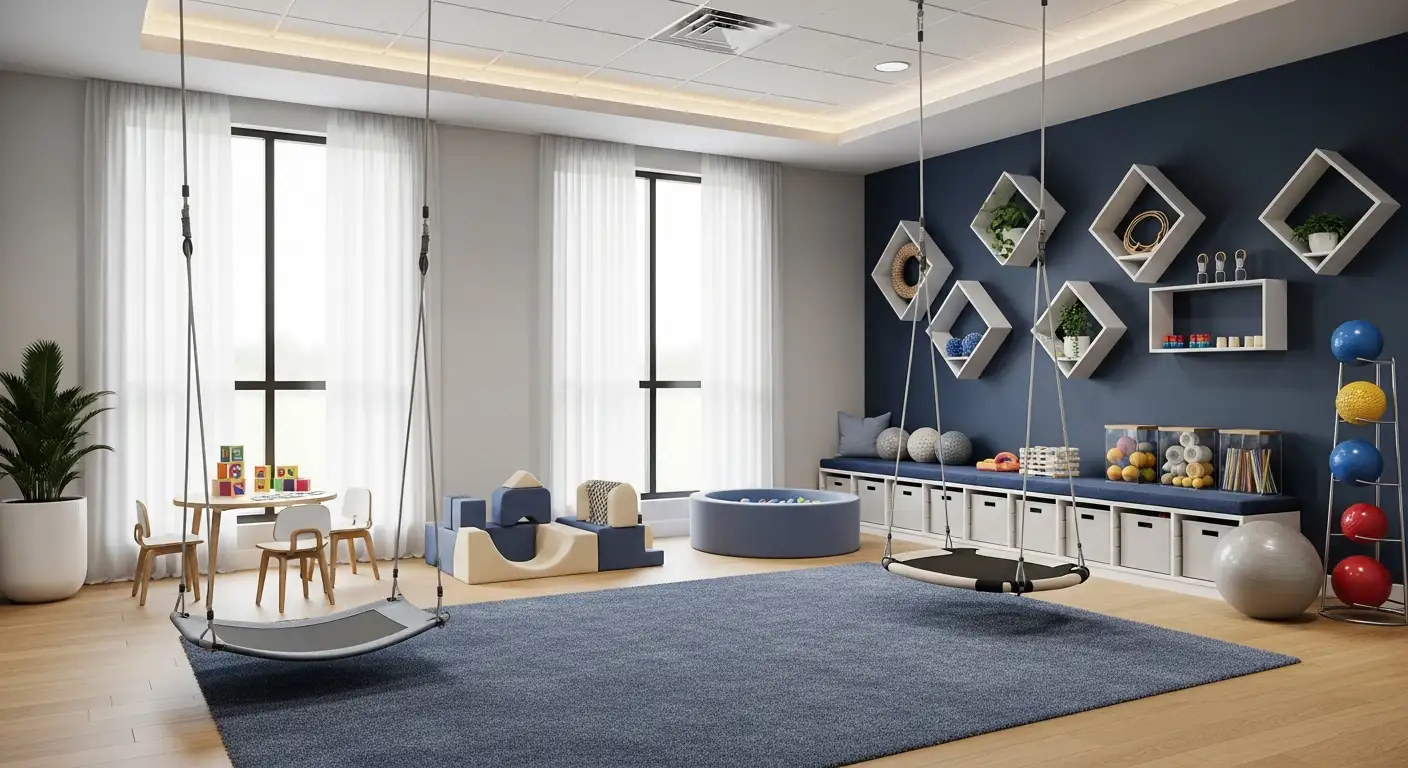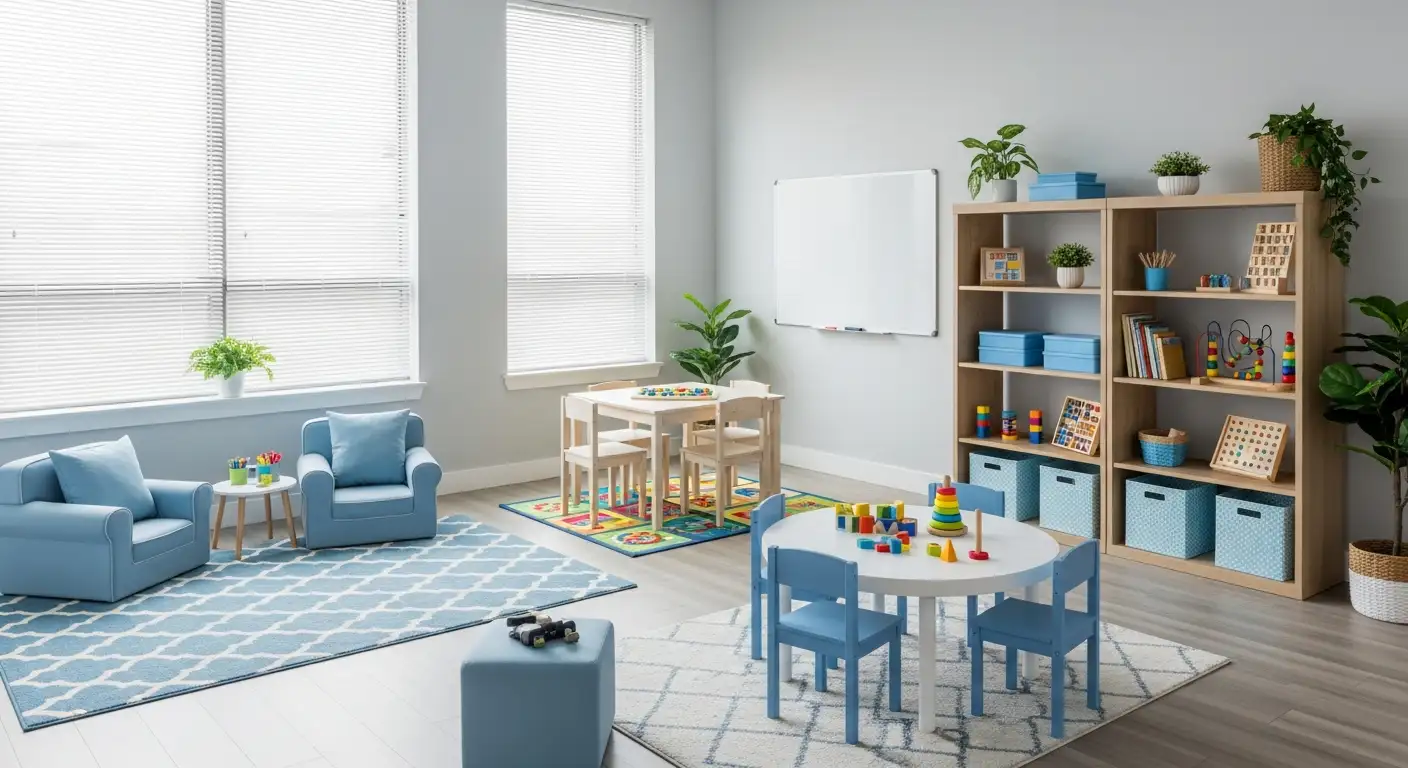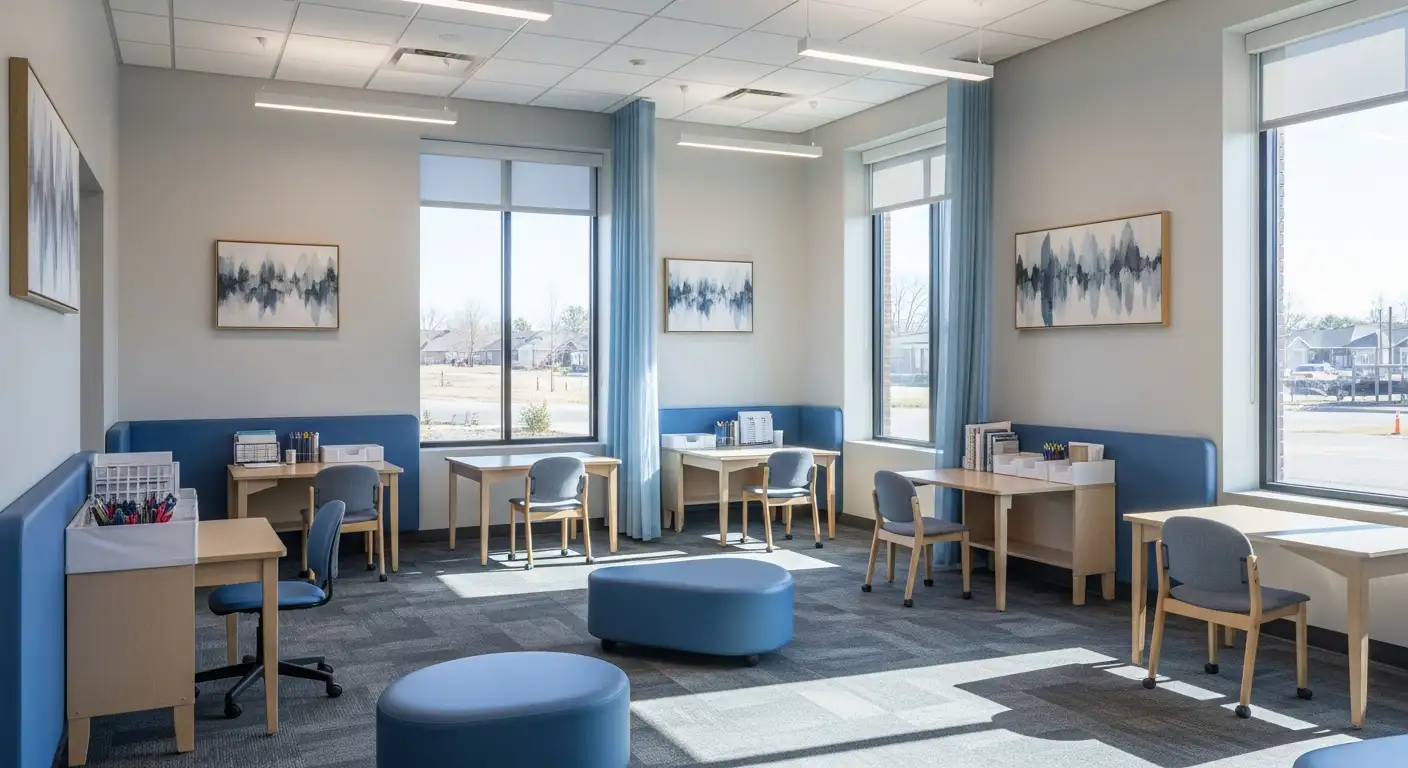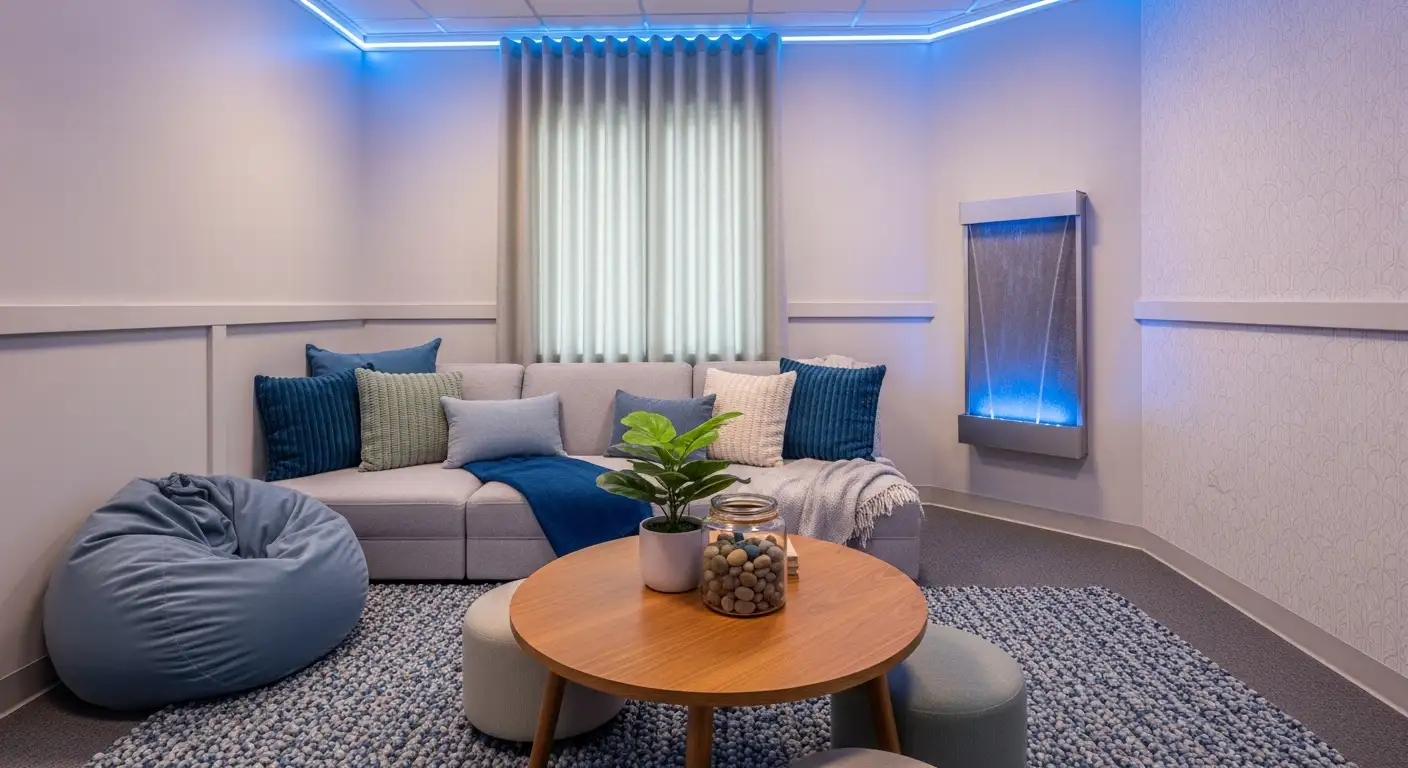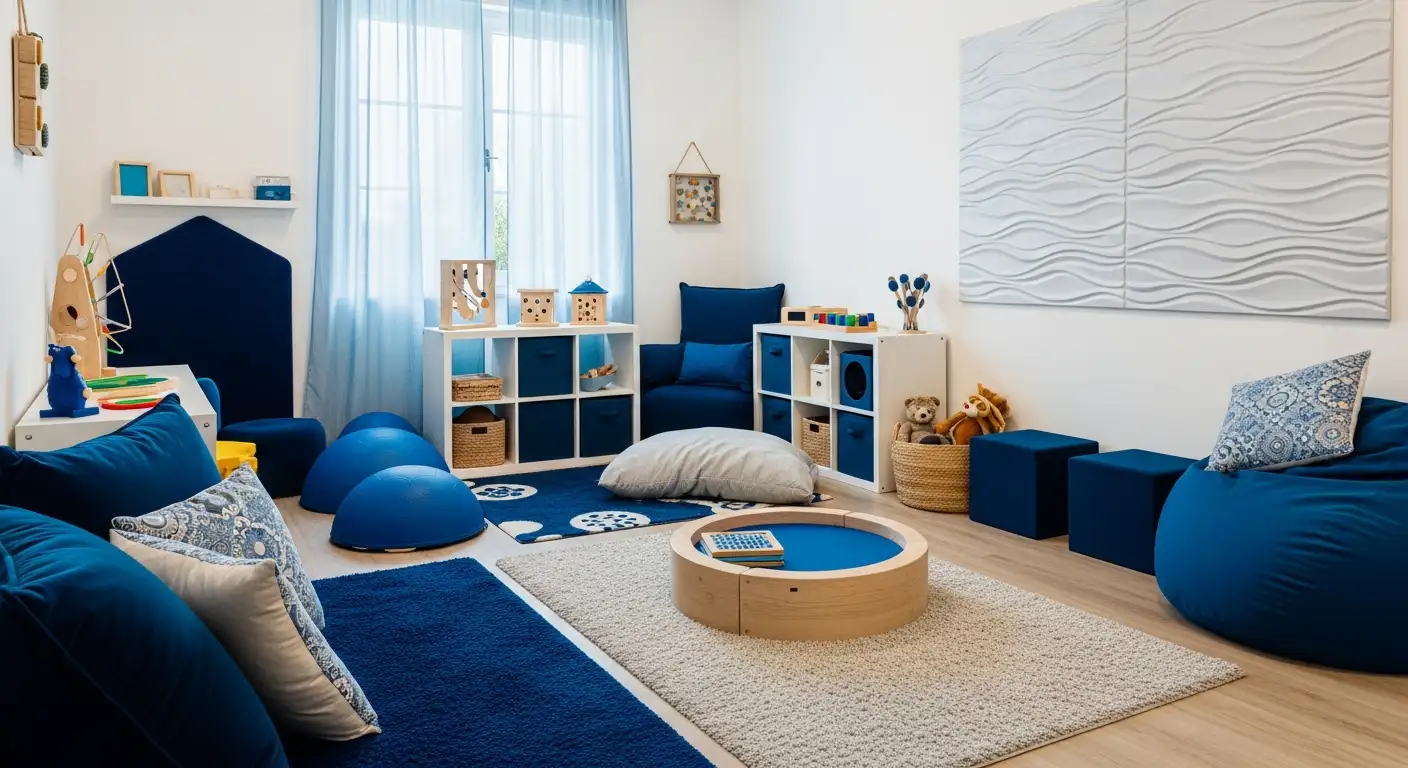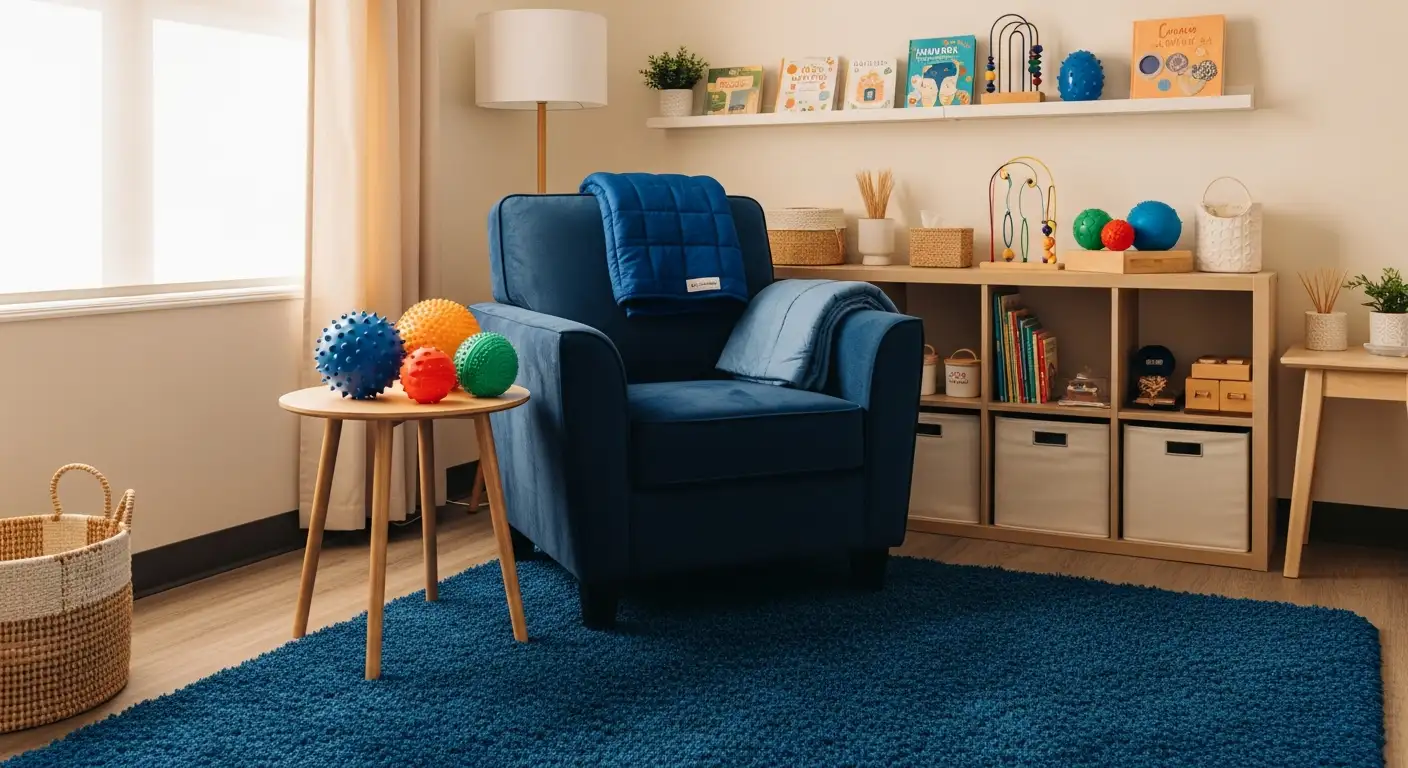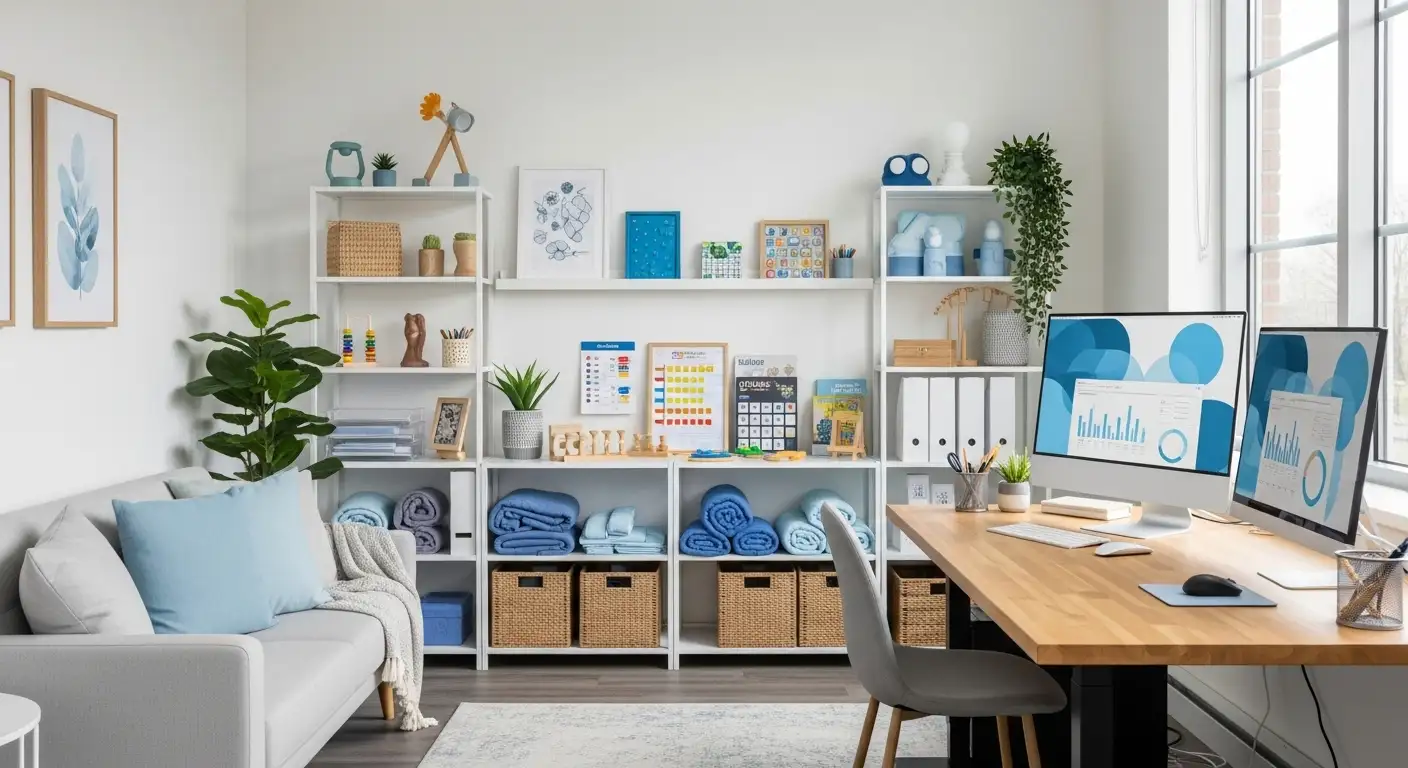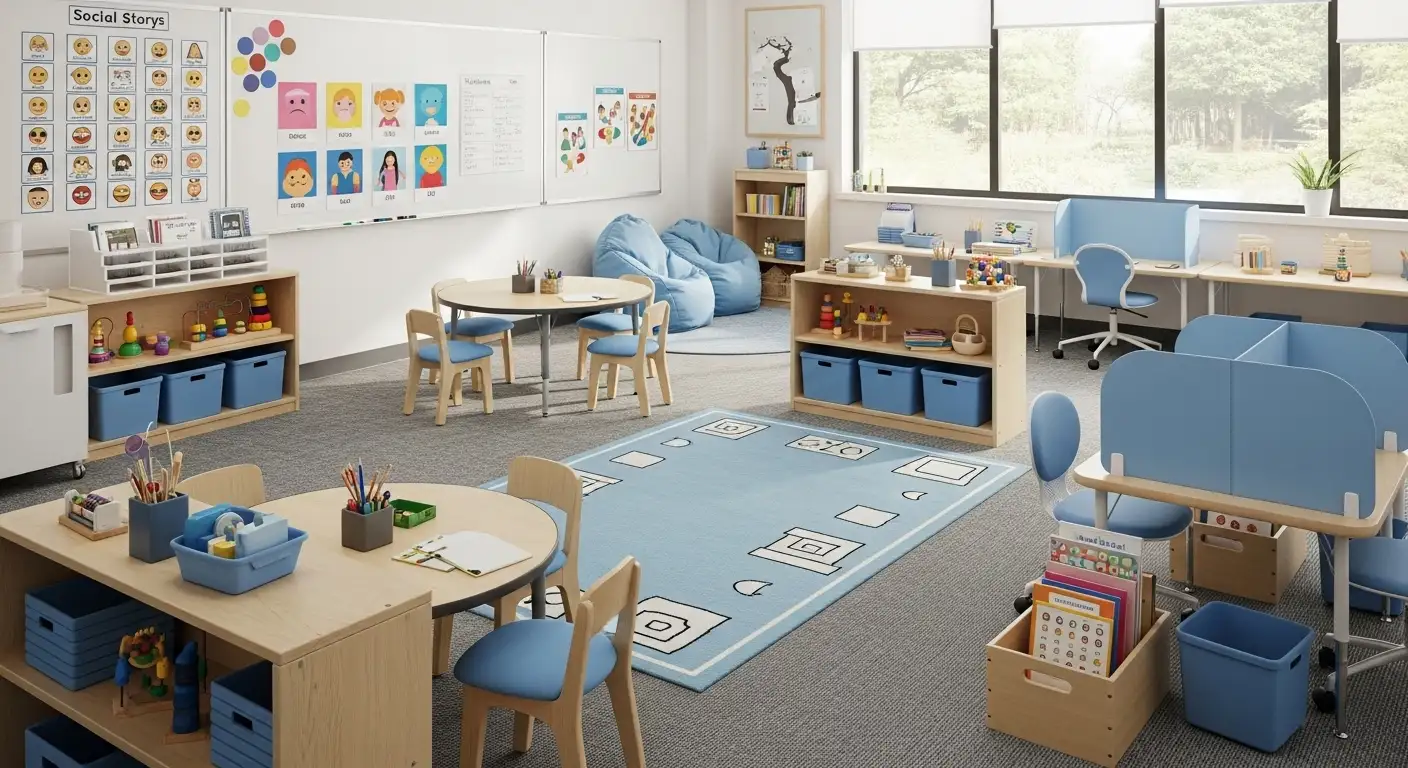How to Prepare Autistic Children for Medical Visits
Creating Comfort and Confidence: Strategies for Medical Visits with Autistic Children

Understanding the Needs of Autistic Children in Healthcare Settings
Medical visits can be challenging for children on the autism spectrum due to sensory sensitivities, communication barriers, and unfamiliar environments. Proper preparation and tailored strategies can transform these visits from stressful experiences into opportunities for positive engagement and health management. This article explores comprehensive approaches for parents, caregivers, and healthcare providers to facilitate smoother, less distressing healthcare experiences for autistic children, helping them feel safe, understood, and supported.
Pre-Visit Preparation and Familiarization
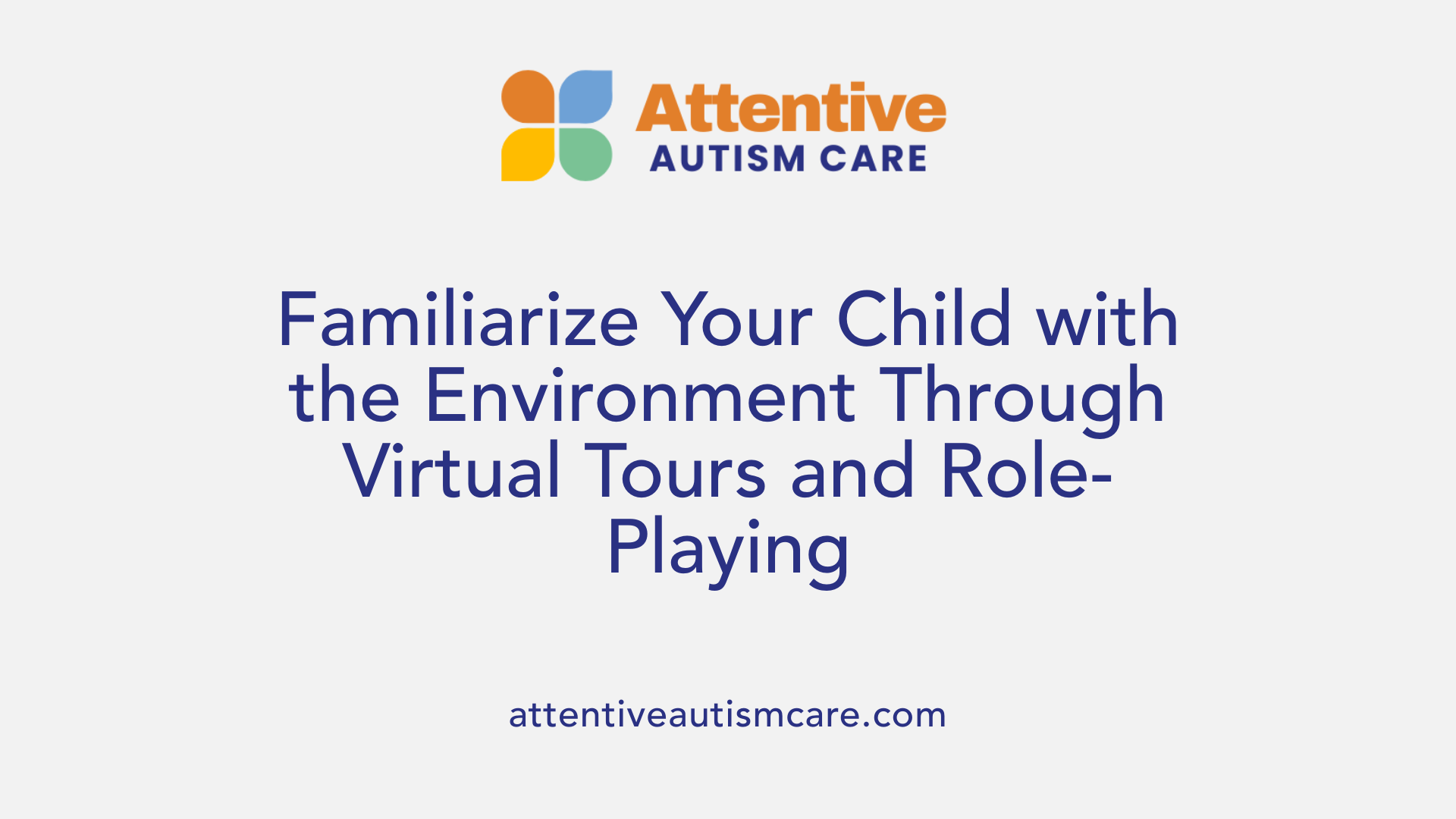
How can parents prepare autistic children for medical visits to reduce stress?
Preparing autistic children for medical visits involves a combination of visual supports, familiarization, and practical strategies to build comfort and understanding. One effective method is using visual supports like social stories and schedules. These tools, often illustrated with pictures and simple words, explain what will happen during the visit, helping children anticipate each step and reducing fear of the unknown.
Role-playing medical procedures at home is another valuable approach. Parents can use toy doctor kits or practice specific tasks such as taking a temperature or looking in the mouth. This familiarizes the child with medical tools and procedures, making the real visit less intimidating.
Familiarizing the child with the clinic environment before the appointment can significantly decrease anxiety. This can be achieved through actual visits, virtual tours, or exploring pictures of the clinic, staff, and equipment beforehand. Some families find it helpful to walk through the process using social stories or 'My Hospital Stories' to make the environment more predictable.
Sending paperwork, medical history, and information about the child's needs ahead of the appointment ensures the healthcare team is well-prepared to offer the necessary accommodations. This might include instructions for sensory accommodations or communication aids.
Incorporating a comfort bag with favorite toys, blankets, or sensory items provides reassurance during waiting and procedures. Using calming techniques like deep breathing or offering choices, such as selecting an appointment time, can empower children and foster cooperation.
It's also important for parents to communicate their child's specific sensitivities, triggers, or preferences to the healthcare providers. Involving specialists like Child Life Specialists can offer additional support through developmentally appropriate preparation and emotional coping strategies.
Finally, positive reinforcement following the visit encourages future cooperation. Praising efforts and successes helps foster a positive association with healthcare, contributing to better experiences and long-term health engagement for children with autism.
More resources: To explore visual supports and social stories further, search with the keyword 'Preparing autistic children for medical visits visual supports social stories' to find helpful tools, templates, and community advice.
Effective Communication Strategies for Medical Staff
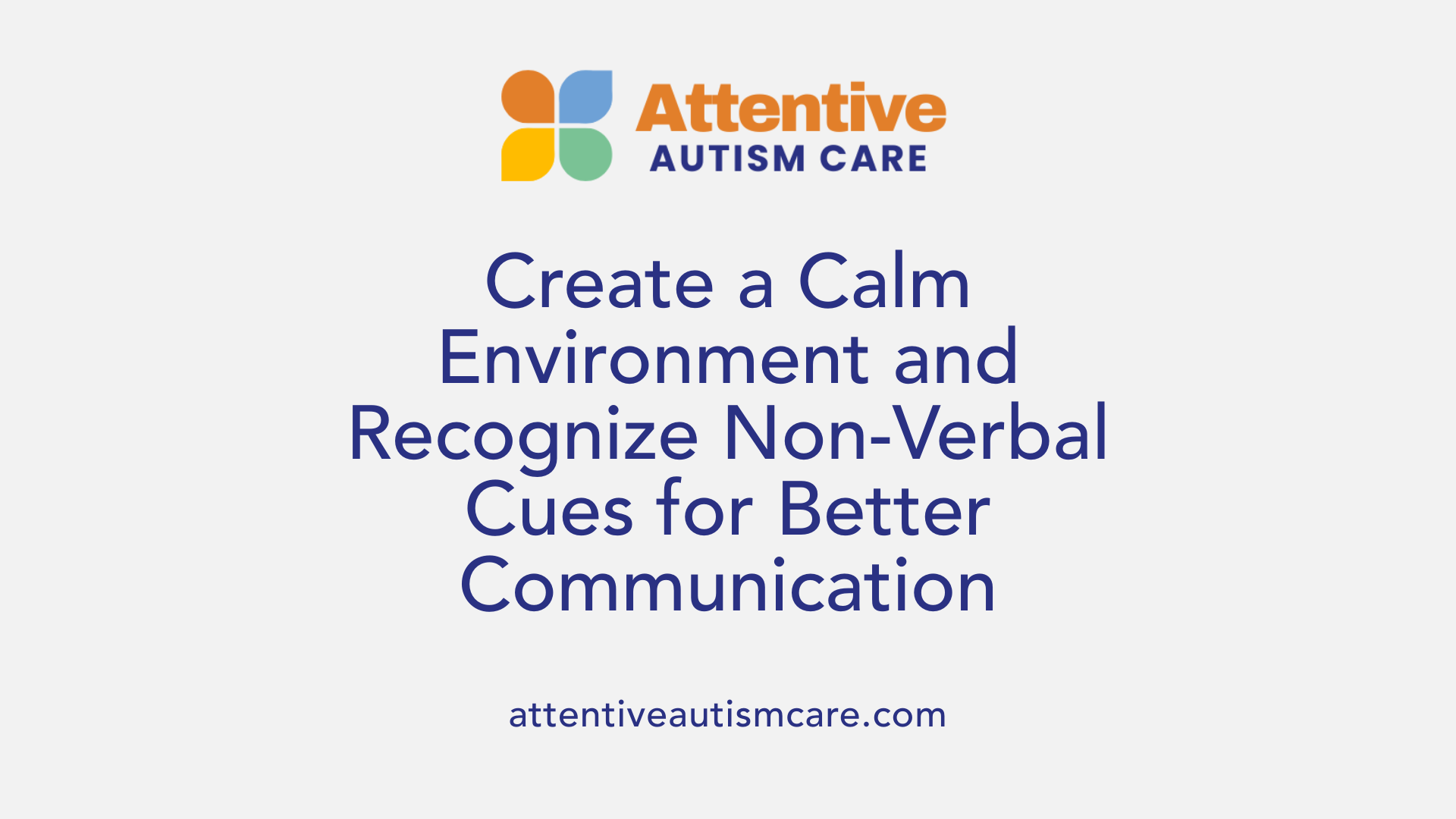
What strategies can healthcare providers use to improve communication and reduce anxiety during medical visits with autistic children?
Healthcare providers can significantly improve the experience of autistic children during medical visits by employing a variety of targeted communication strategies. Using visual aids like pictures, communication boards, and speech devices tailored to each child’s unique needs helps bridge communication gaps and makes procedures more understandable.
Applying literal and clear language is essential. Children on the autism spectrum often interpret language very concretely, so instructions should be straightforward and specific. Explaining procedures beforehand, ideally with visual supports such as social stories or care pictograms, can reduce uncertainty and fear about unknown experiences.
Understanding non-verbal cues is equally important. Medical staff should be attentive to body language, facial expressions, and eye contact as indicators of comfort or distress. Recognizing these cues allows for real-time adjustments, such as pausing procedures or offering reassurance.
Creating a calm, predictable environment can help open communication. Allowing extra time, bringing familiar comfort objects, and scheduling visits during less busy times can diminish sensory overload and anxiety.
Staff training plays a pivotal role. Educating healthcare teams about behavioral and sensory sensitivities ensures they approach each child with patience and understanding. Implementing strategies like positive reinforcement, praise, and providing choices enhances cooperation.
Parents and caregivers are also vital partners. They can provide insights about the child's communication preferences and triggers, and their involvement in planning can foster a sense of safety.
Finally, post-visit follow-up through calls or emails helps reinforce what worked well and addresses any ongoing needs. Continuous feedback and adjustments help build a trusting relationship, making future visits more comfortable and stress-free for children with autism.
Optimizing the Healthcare Environment and Use of Resources
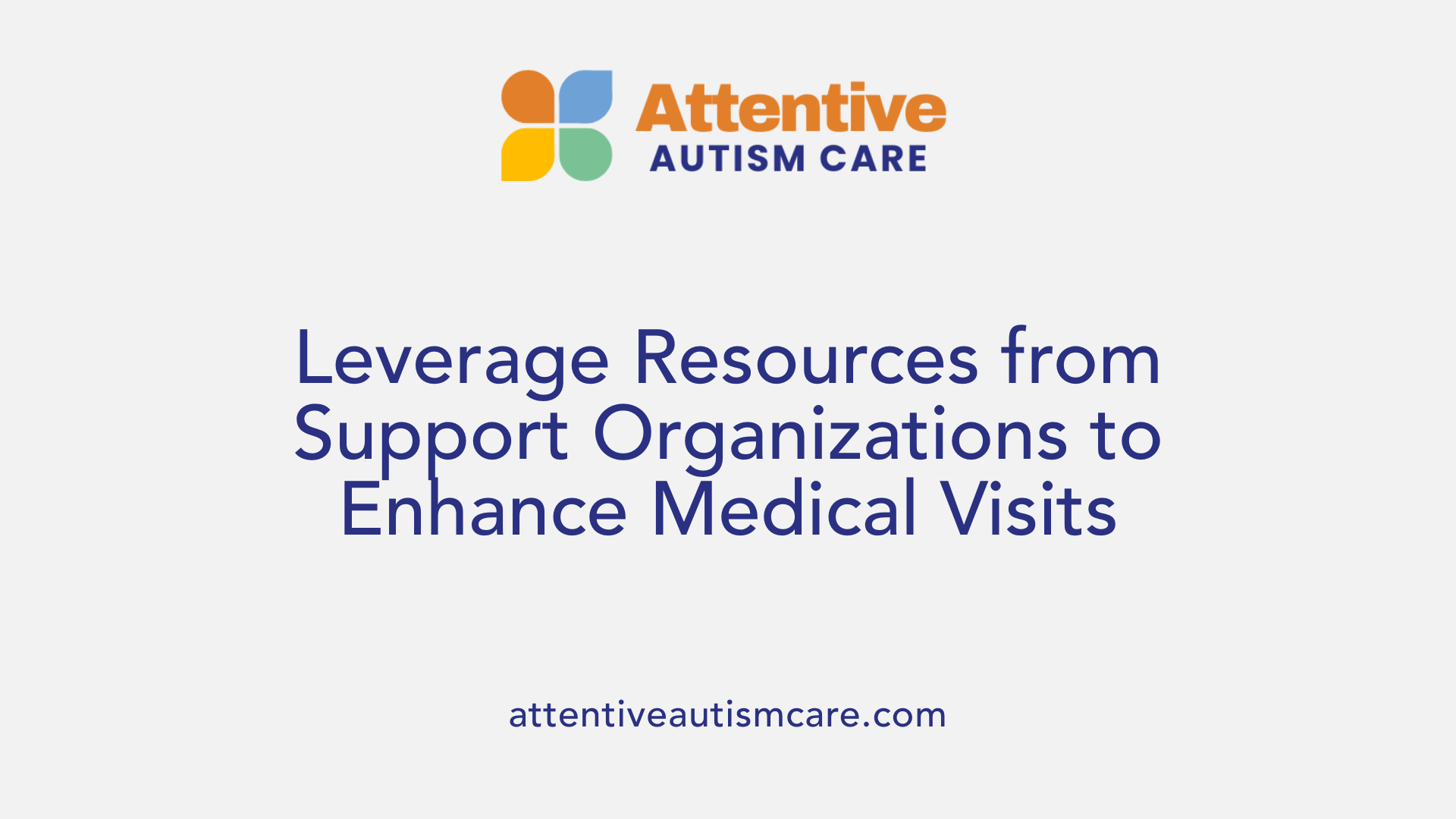
Are there resources or tools that can facilitate smoother medical experiences for children on the autism spectrum?
Yes, there are many resources and tools available to help children with autism have better experiences during medical visits. Visual supports are especially useful, such as social stories, visual schedules, and prep pictures. These tools help children understand what will happen during the appointment, reducing fear and uncertainty.
Social stories use pictures and simple words to explain procedures and hospital routines. Visual schedules detail each step of the visit, so the child knows what to expect and can anticipate transitions. Educational videos featuring familiar characters and scenarios can familiarize children with medical environments in a fun, non-threatening way.
In addition to visual tools, organizations like Spark for Autism, the Autism Society, and local community agencies provide specialized guides, training for healthcare providers, and support services tailored to children on the spectrum. These resources help parents and caregivers prepare children for appointments and advocate for necessary accommodations.
National initiatives such as the CDC's 'Learn the Signs. Act Early.' offer developmental monitoring tools and educational materials. Many of these resources include downloadable handouts, social scripts, and checklists to guide families through preparing for healthcare visits.
Utilizing these resources can make a substantial difference by easing anxiety, improving cooperation, and fostering positive healthcare experiences for children with autism. When healthcare providers are familiar with these tools, they can better implement autism-friendly practices that support communication, sensory regulation, and emotional regulation.
| Resource/Tool | Description | Benefits |
|---|---|---|
| Social Stories | Visual narratives explaining procedures and routines | Reduce anxiety, improve understanding |
| Visual Schedules | Step-by-step pictorial plans for the appointment | Increase predictability, minimize distress |
| Educational Videos | Child-friendly videos about medical visits and procedures | Familiarize in a playful way, decrease fear |
| Support Organizations | Groups providing training, guides, and support | Expert advice, tailored strategies |
| CDC 'Learn the Signs' | Developmental monitoring and educational resources | Early identification, preparedness |
By integrating these tools and resources into the healthcare process, providers can create more welcoming, structured, and autism-sensitive environments. Families also benefit from a better understanding of how to prepare their child, leading to more successful and less stressful medical visits.
Behavioral Strategies and Reinforcement Methods
What practical guidance is available for managing medical visits with autistic children?
Managing medical visits for children with autism requires a thoughtful and customized approach to minimize stress and promote cooperation. Practical tips include preparing the child well in advance. This can involve familiarizing them with the environment through social stories, visual supports, or pre-visit tours, which help reduce anxiety by setting clear expectations.
Role-playing medical procedures at home using toy kits or scripts can also familiarize children with what will happen, easing their fears. Using visual checklists, schedules, or picture cards to outline each step of the visit offers predictability and helps children understand what to expect. Bringing comfort items, such as stuffed animals or blankets, supports emotional regulation during the appointment.
Effective communication is vital. Health providers should use clear, literal language, avoid asking broad questions, and pay close attention to non-verbal cues like body language or facial expressions. Minimizing wait times and noise, optimizing lighting, and allowing for sensory accommodations can greatly improve the experience.
Parents and caregivers should inform the healthcare team about the child's needs beforehand. Sharing detailed information, like preferences and sensitivities, allows providers to implement necessary accommodations. Involving specialists such as Child Life professionals can facilitate emotional support, distraction, and coping strategies during visits.
Developing an Autism-Specific Care Plan, which includes behavioral management techniques and preferred communication methods, enhances consistency and reduces anxiety. Encouraging the presence of a familiar support person during procedures can also provide comfort. Post-visit follow-ups, whether through phone calls or emails, help reinforce what worked and address any ongoing needs.
Training healthcare staff in autism awareness and employing relaxation techniques like deep breathing, sensory tools, or guided imagery further contribute to creating a more positive healthcare experience. Overall, a combination of preparation, communication, environmental modifications, and supportive strategies fosters a more manageable and less stressful medical setting for children on the spectrum.
Post-Visit Follow-Up and Reinforcement
How can parents prepare autistic children for medical visits to reduce stress?
Parents play a crucial role in easing their child's medical anxiety. Pre-visit preparation includes developing visual supports such as social stories and visual schedules that outline what to expect during the appointment. Visiting the clinic beforehand or taking virtual tours helps familiarize the child with the environment, reducing unfamiliarity and fear.
Practicing simple medical procedures at home using toy kits or role-playing with familiar objects familiarizes the child with the steps involved. Bringing along comfort items like stuffed animals or blankets, as well as communication tools such as tablets or picture communication boards, can provide reassurance during the visit.
It's equally important to inform and collaborate with healthcare providers about the child's specific needs, sensitivities, and communication preferences. This allows the team to tailor their approach and offer necessary accommodations, supported by specialists like Child Life professionals.
Incorporating relaxation techniques such as deep breathing or offering choices during procedures can help reduce distress. Maintaining routines and providing positive reinforcement after successful visits encourage a more positive healthcare experience in future visits, fostering long-term comfort and trust.
Building a Foundation for Positive Healthcare Experiences
Preparing autistic children for medical visits requires a multifaceted approach that incorporates visual supports, environmental accommodations, effective communication, and positive reinforcement. Collaborating closely with healthcare providers, using familiarization strategies, and employing sensory and behavioral supports can significantly reduce stress and foster trust. Continuous follow-up and reinforcing positive experiences help develop a long-term positive outlook towards healthcare, ensuring that children on the autism spectrum receive the necessary medical care in a supportive, respectful, and understanding environment. By implementing these strategies, parents, caregivers, and medical staff can create a more inclusive healthcare experience that promotes health, safety, and well-being for autistic children.
References
- Autism and the doctor visit: Communication tips for success
- [PDF] Preparing for a Medical Appointment for Autism Spectrum Disorder ...
- Visiting the Doctor—Autism Toolkit | Triangle Kids Care Pediatrics
- Tips for More Positive Office Visits for Patients with ASD
- Providing a better doctor's visit for children on the autism spectrum
- How Nurses Can Support Children With Autism During Medical Visits
- Preparing a child with autism for a medical visit - Flourish
- Autism and hospital visits
- PFA Tips: Preparing for a Visit to the Doctor's Office
- Planning a Successful Medical Visit: Tips for Parents of Children ...



